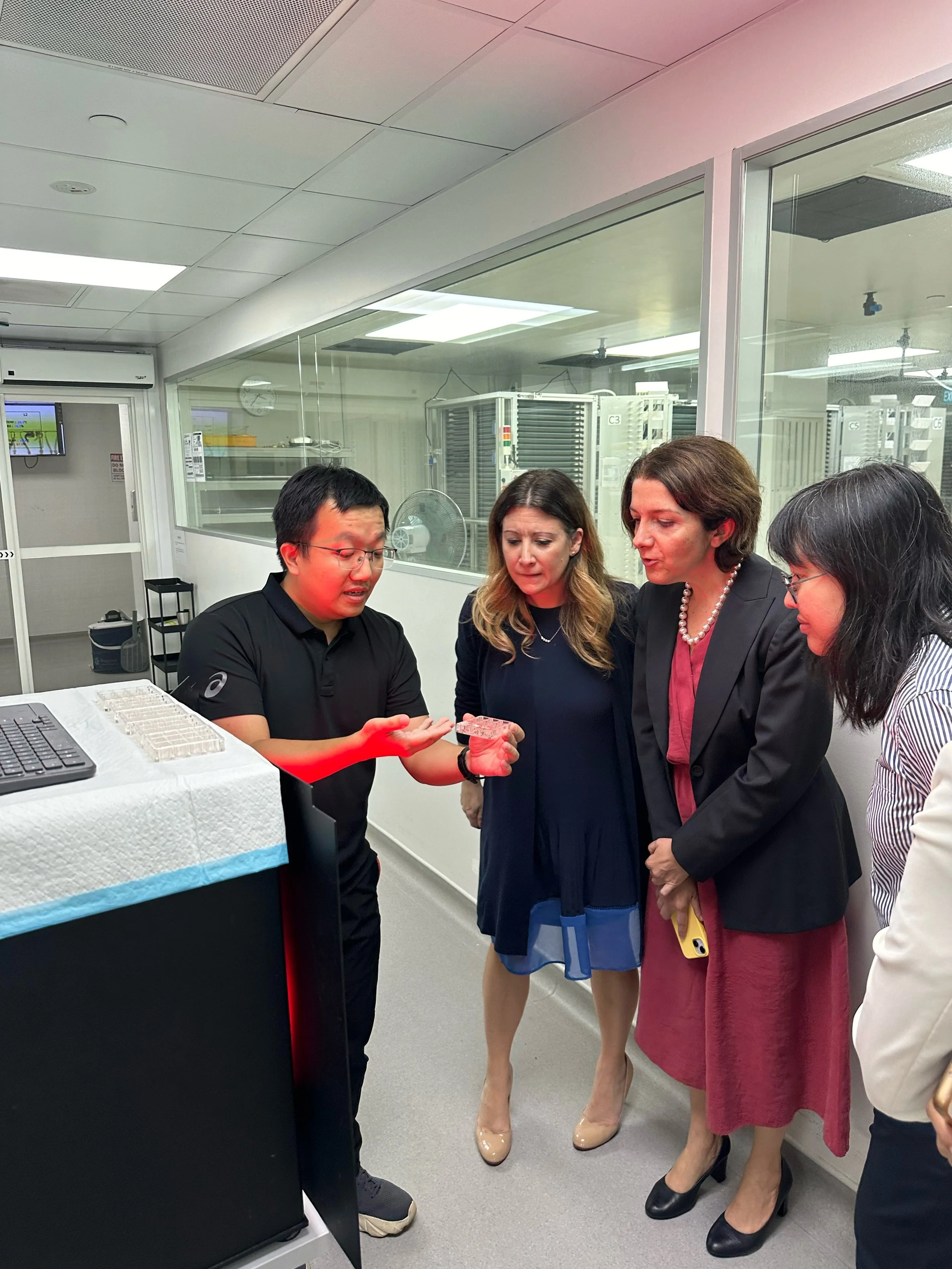World Field Epidemiology Day: Dr Gina Samaan
For World Field Epidemiology Day, Women’s Global Health Australia is proud to launch another special profiling series to highlight the incredible work of women in field epidemiology. This year's theme is “Making our Mark”, and by sharing these women’s stories we hope to shine a light on the impact that field epidemiologists have on public health.
Committee member Prof Jaya Dantas interviewed Dr Gina Samaan, Regional Emergency Director for WHO’s Health Emergencies programme.
Tell us a little bit about yourself, your role and the journey you undertook to work in the intersection of gender and health.
I am the Regional Emergency Director in WHO's Western Pacific Region. The Region covers 38 countries and areas, and the Emergencies Programme focuses on strengthening health security capacities and response systems. Early in my career, I was responding to public health emergencies such as disease outbreaks and population displacement due to conflict. In these situations, I had to analyze data and consider interventions based on gender-related vulnerabilities. In more recent roles, such as leading portfolios on pandemic preparedness, my attention shifted to providing governments with policy guidance and tools to incorporate gender sensitive policies in contingency plans.
What is the favourite thing about what you do?
I really enjoy catalyzing teams and working with countries on building sustainable systems for managing emergencies. I love finding common agenda, conceptualizing projects, and working with communities to implement and see impact.
Could you tell us a little bit about the challenges you faced that brought you on this journey and how you overcame them?
Some of my roles required interacting with stakeholders who had different perspectives and interests - from technical staff to government policy makers to advocacy groups and commercial enterprises. Key challenges included language barriers and having different expectations on project outcomes. To overcome these, I listened and presented initiatives in ways that spoke to a common and shared framework. It took time to visualize this and iterate with stakeholders to get it right. Ultimately, this also meant that there was more co-ownership of the work and trust on a shared agenda.
.
What gaps do you see in regards to your work in gender and women in health broadly?
A key gap is the lack of operational tools to help strengthen gender equality in public health programming. I see a lot of guidance that states the ‘need and rationale’ for gender equality, but I think we can do with more ‘how to’ products. This will help technical staff and policy makers to implement quality programmes.
What do you believe are the most pressing issues for women globally right now?
One priority is to continually build on gains made to address gender related vulnerabilities. For example, during the COVID-19 pandemic, many countries put policies into place that increased women's participation in decision-making bodies or that supported women to address the skewed negative impact resulting from job loss or disproportionate care giving responsibilities. I believe that we can leverage such precedence to build supportive policies in both peace time and during future emergencies.
How can we encourage others to pursue a career in gender-related health?
Case studies and dialogue! Twenty years ago, I picked up WHO's first-ever guidance on gender in disease outbreaks. At the time, I didn't know what to expect from this work or its real-life application, but I found that the case studies (such as how Ebola outbreaks disproportionately affect women) left their mark on me. It's compelling to hear and learn from the experience of others, and to then discuss it with others in the field.


